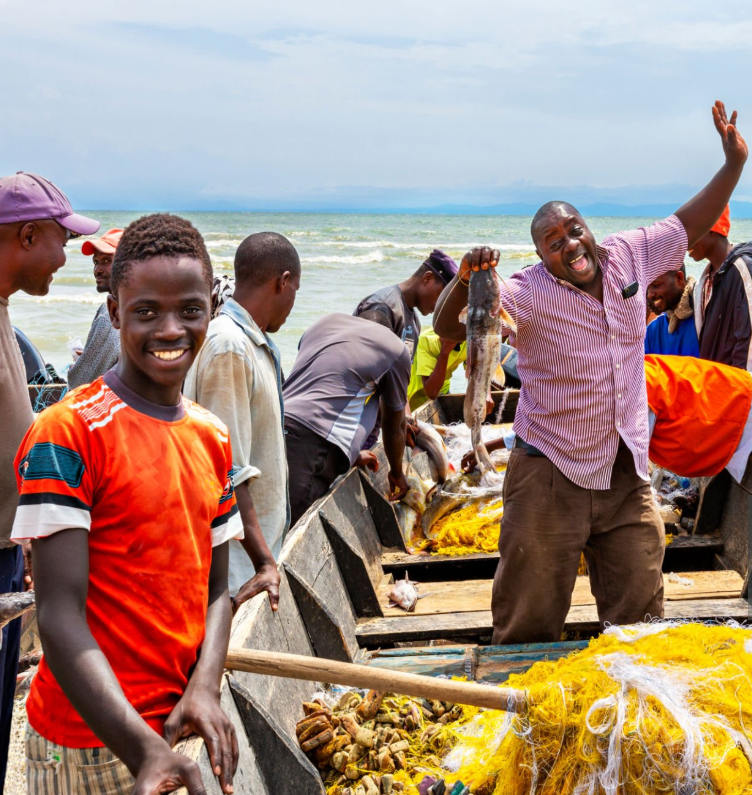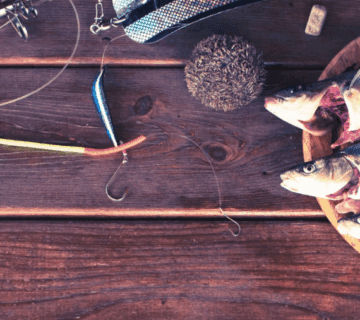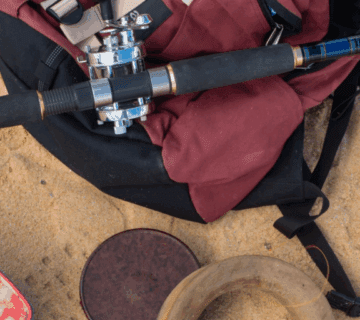How to Fish Sustainably in East Africa: A Guide to Preserving Our Waters for Future Generations
Fishing is not just an economic activity in East Africa—it’s a way of life. Millions of people depend on fish for food, income, and cultural traditions. However, overfishing, destructive practices, and climate change threaten the health of our waters. The good news? How to Fish Sustainably is a question we can answer with practical solutions that protect marine ecosystems while supporting livelihoods.
This guide explores sustainable fishing techniques, policies, and community efforts that can help East Africa preserve its aquatic resources. Whether you’re a small-scale fisher, a policymaker, or an environmental advocate, this article will inspire you to take action for a healthier, more sustainable future.
Why Sustainable Fishing Matters in East Africa
East Africa’s waters—from the Indian Ocean to Lake Victoria and beyond—are rich in biodiversity. Fish like Nile perch, tilapia, and tuna are vital for food security and export revenue. However, unsustainable practices such as:
Overfishing – Catching fish faster than they can reproduce.
Illegal, Unreported, and Unregulated (IUU) Fishing – Depleting stocks beyond legal limits.
Destructive Gear Use – Bottom trawling and fine-mesh nets that harm habitats.
…have led to declining fish populations. According to the FAO, nearly 90% of global fish stocks are overfished or fully exploited. In East Africa, this threatens food security and economic stability.
The Benefits of Sustainable Fishing
Long-Term Food Security – Ensuring fish populations thrive for future generations.
Economic Stability – Supporting fisher livelihoods without depleting resources.
Biodiversity Protection – Preserving coral reefs, mangroves, and aquatic species.
How to Fish Sustainably: Best Practices for East Africa
Adopting sustainable fishing methods is crucial. Below are key strategies that can make a difference.
1. Use Selective Fishing Gear
Not all fishing gear is created equal. Some methods, like dynamite fishing or fine-mesh nets, destroy marine life indiscriminately. Instead, fishers should use:
| Sustainable Gear | Why It Helps |
|---|---|
| Hook-and-Line Fishing | Targets specific species, reducing bycatch. |
| Fish Traps & Pots | Allows undersized fish to escape, preserving stocks. |
| Gillnets with Larger Mesh | Prevents catching juvenile fish. |
2. Follow Fishing Regulations & Seasonal Bans
Many East African countries have laws to prevent overfishing, such as:
Closed Seasons – Protecting breeding periods (e.g., Kenya’s octopus fishing ban).
Size Limits – Ensuring fish reach reproductive age before being caught.
Marine Protected Areas (MPAs) – No-fishing zones to allow ecosystems to recover.
| Country | Key Sustainable Fishing Regulation |
|---|---|
| Kenya | Ban on beach seines & destructive gear. |
| Tanzania | Seasonal closures for octopus fishing. |
| Uganda | Restrictions on Nile perch fishing in Lake Victoria. |
3. Support Community-Based Fisheries Management
Local fishers often know their waters best. Community-led initiatives, such as:
Beach Management Units (BMUs) in Kenya.
Co-Management Programs in Zanzibar.
…help enforce sustainable practices while empowering fishers.
4. Promote Aquaculture (Fish Farming)
With wild fish stocks declining, responsible aquaculture can reduce pressure on oceans. Tilapia and catfish farming, when done sustainably (without excessive antibiotics or habitat destruction), can supplement wild catches.
5. Reduce Post-Harvest Losses
Up to 40% of fish caught in Africa is lost due to poor handling and storage. Improving cold storage, smoking techniques, and transportation can ensure more fish reaches markets without needing to catch more.
Success Stories: Sustainable Fishing in Action
1. Kenya’s Octopus Fisheries Recovery
In 2019, a temporary fishing ban in parts of the Kenyan coast led to a 300% increase in octopus populations, proving that seasonal closures work.
2. Tanzania’s Locally Managed Marine Areas (LMMAs)
Villages in Pemba and Mafia Island have restored fish stocks by setting aside no-take zones, leading to bigger catches in surrounding areas.
3. Uganda’s Nile Perch Management
Strict quotas and monitoring in Lake Victoria have helped stabilize Nile perch populations, though challenges remain.
What You Can Do to Support Sustainable Fishing
Whether you’re a fisher, consumer, or policymaker, everyone has a role:
✅ Choose Sustainable Seafood – Look for certifications like MSC (Marine Stewardship Council).
✅ Avoid Illegal Fish – Report undersized or illegally caught fish to authorities.
✅ Educate Others – Share knowledge on How to Fish Sustainably in your community.
✅ Support Eco-Friendly Policies – Advocate for stronger fishing regulations.
A Call to Action
The future of East Africa’s fisheries depends on the choices we make today. By adopting sustainable practices, enforcing regulations, and empowering local communities, we can ensure that fish remain abundant for generations to come.
How to Fish Sustainably isn’t just a technique—it’s a commitment to our oceans, our economy, and our children’s future. Let’s work together to protect East Africa’s waters before it’s too late.




